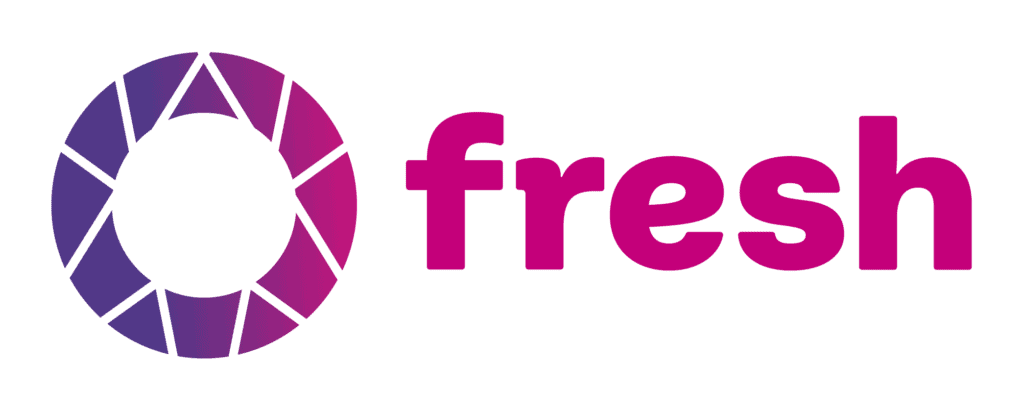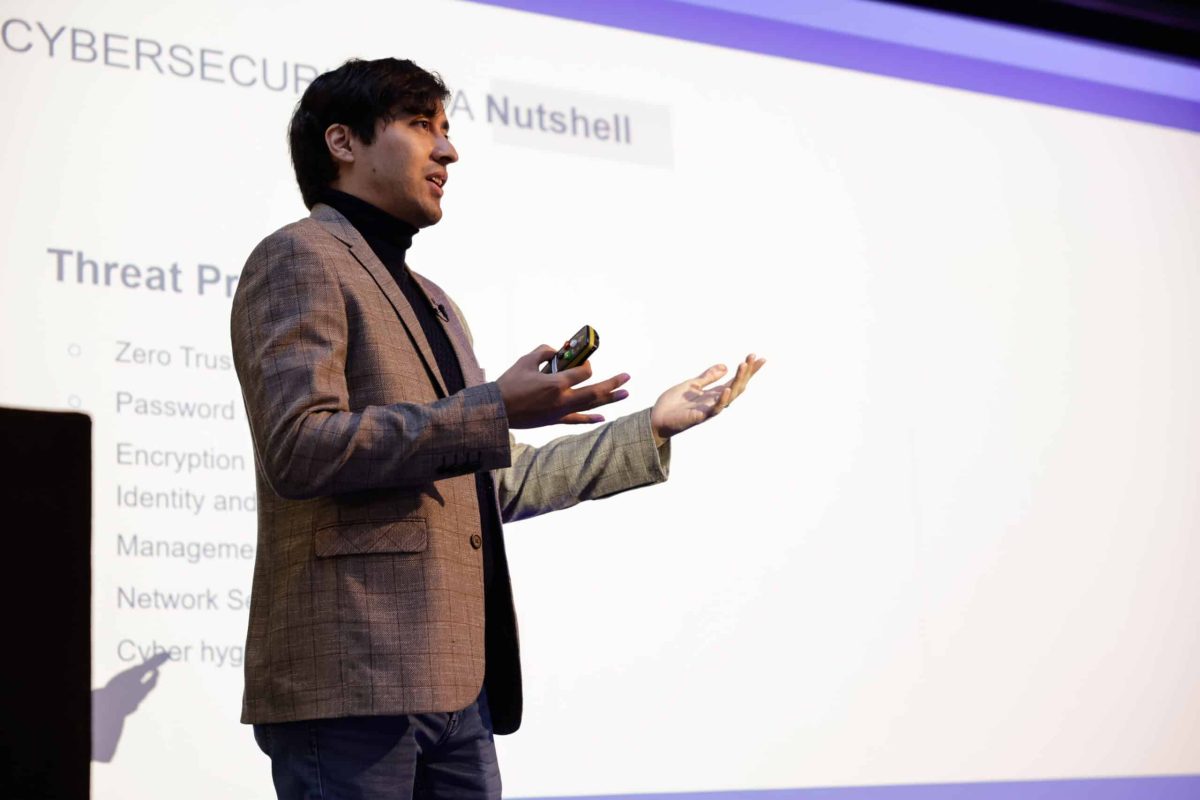In an on-demand world that favours flexibility, hybrid events offer an excellent solution for you and your audience. They help you increase your reach and make deeper connections. And they provide the content you can repurpose to keep those connections alive.
But they’re not without their challenges. For a start, they’re more work. And if they’re delivered poorly, the damage to the business is multiplied.
So how can your hybrid experience make the right impact? Let’s explore 3 important steps.
1. Choose the right environments
Your physical venue and virtual platform are key—as is the expertise they provide.
Hybrid events notably allow for smaller venues and larger audiences. So what you save on the venue and make on ticket sales can fund other aspects of the event, such as the virtual platform.
In your budgeting and planning, be sure to prioritise the right environments.
2. Balance different needs
Given that you have two different audiences, it’s important to clarify what they want from their experiences. Identify what’s common to both and consider how to balance the two sets of needs.
For example, both audiences want:
- Quality speakers and presentations
- Relevant content
- Opportunity to connect
- Great resources
- Fresh ideas and inspiration
And typically, your in-person delegates will:
- Be invested in the whole day
- Be engaged from the start
- Bring energy to the room
- Sit through longer sessions and more content
- Enjoy the opportunity to socialise
Whereas your online delegates will:
- Prefer a shorter event with more breaks
- Possibly be multitasking and less engaged
- Feed off the energy in the room
- Tire quickly of long sessions
- Need more prompting to network
How then do we balance these needs? Here’s one simple idea:
- Adapt your live in-person programme to include a hybrid segment
- In this segment, programme shorter presentations
- Record the entire programme as an evergreen benefit
3. Harness the best of both worlds
Next, how can you engage your audiences’ interests and deepen their sense of connection? Let’s look at your options before, during and after the event.
Before:
- Use social media to create buzz (hashtags, event pages, live previews, selfies, etc.)
- Use your virtual platform to start a conversation, answer questions and make connections
- Set your delegates up for networking success.
During:
- Capture the in-the-room dynamics to help your online audience feel part of the experience
- Incorporate virtual engagement tools to bring your audiences together
- Mix in live polling, direct messaging, and virtual booths for sponsors and exhibitors
- Keep updating your social channels
After:
- Use the platform analytics to inform your best avenues of engagement from here
- Follow up with a “thank you” message, survey, personal notes and next steps prompts
- Repurpose the material into an evergreen event, curated online learning, video tips, etc.
Conclusion
Hybrid events offer flexible solutions and engaging experiences for your audiences in 2022 and beyond.
When you provide the right environments, meet your audience needs and engage their interests, you’ll host a hybrid event to remember. You’ll widen your reach and deepen your connection. And you’ll have material to repurpose and build upon.
Every success with your event!
At Fresh Productions we offer first-class event management and production to make your business stand out. Learn more about our hybrid event solutions and call us with no obligation on 02920 099357.
RELATED RESOURCES
About Hybrid Events:
Are hybrid events here to stay?
The 4 different types of hybrid events
Everything you need to know about a hybrid event
Top tips for networking at hybrid events
About Virtual Events:
Why are live streams so powerful for your business
Myths people tend to believe about virtual events
Why you should choose our virtual events platform
Top engagement tools for your next virtual event
Advantages of Repurposing Event Material
Common myths people tend to believe about video content/
General Event Management:
How to organise a successful event

